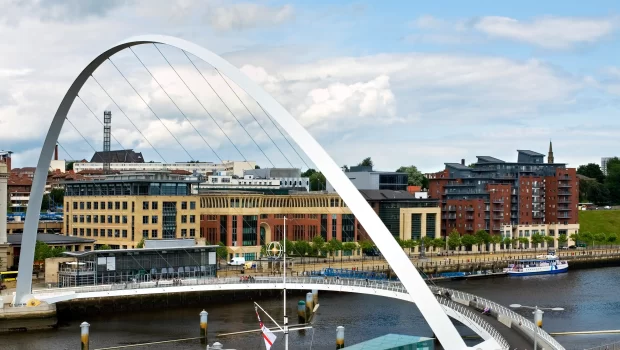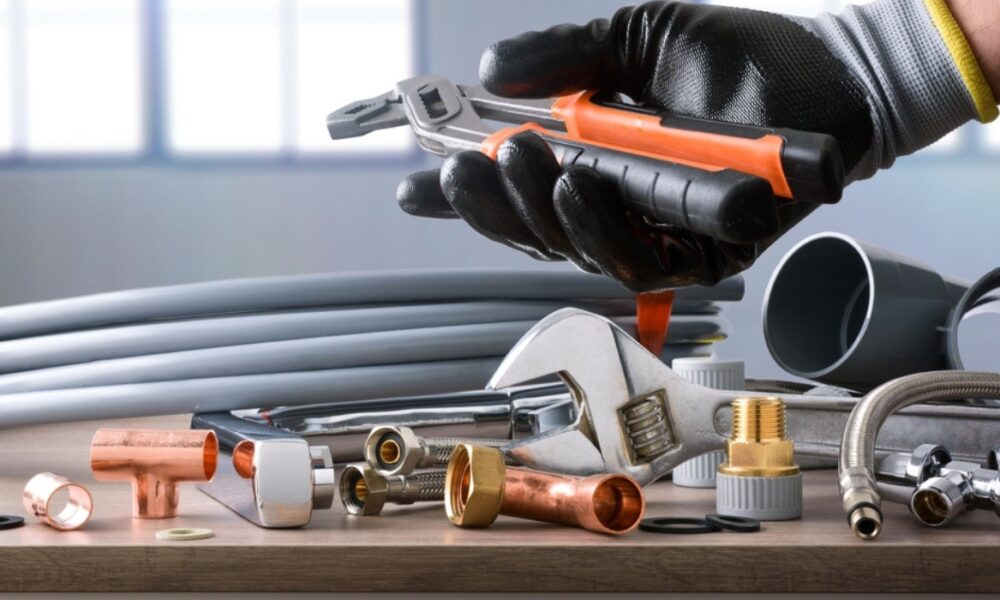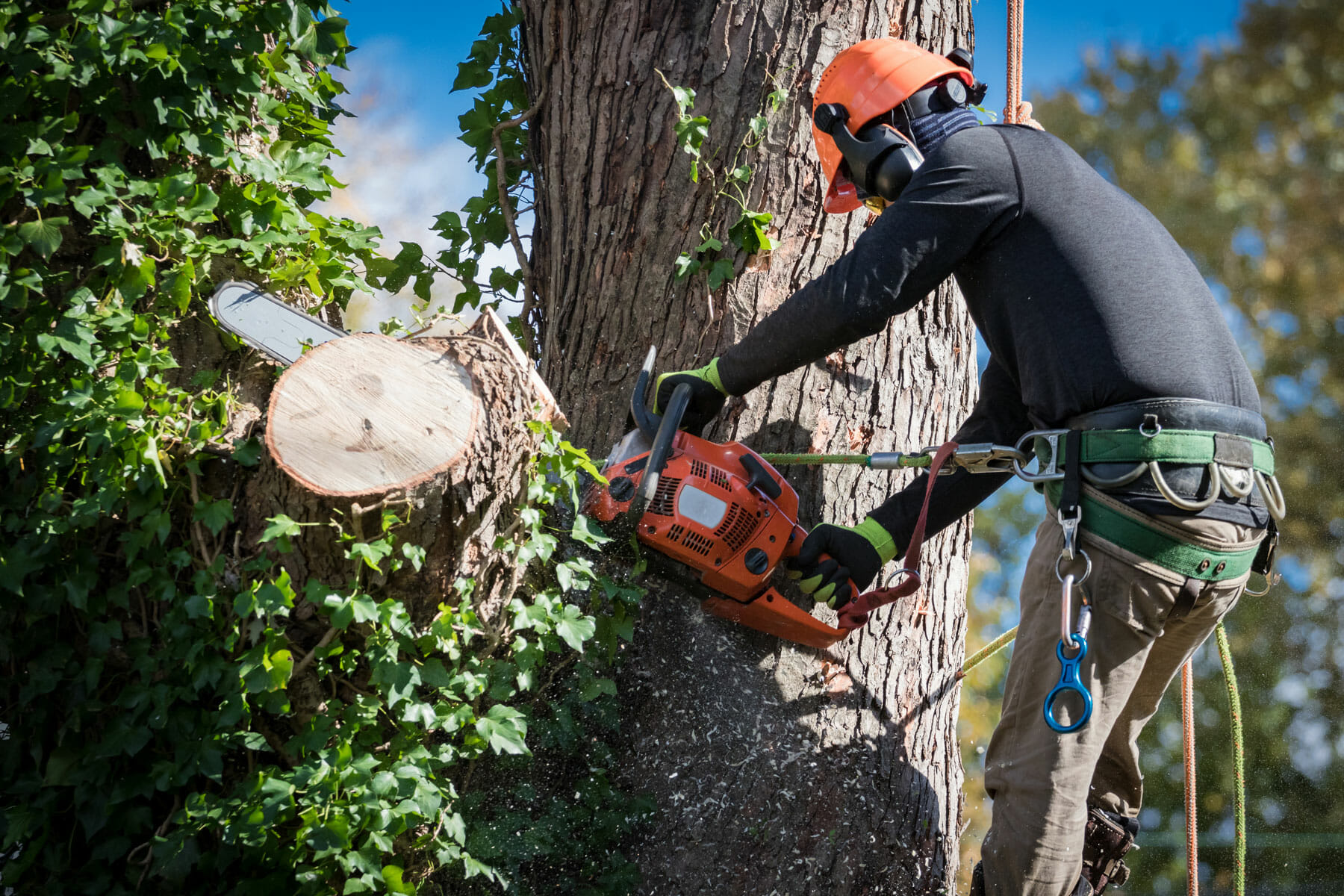A footbridge is a type of bridge designed for pedestrians to walk across. It is typically a narrow structure built above the ground, water, or other obstacles and is used to provide pedestrians with a safe and convenient way to cross from one side to the other. Footbridges can be made of various materials, including wood, steel, concrete, and stone. They can be found in various settings, including parks, gardens, and urban areas. In addition, footbridges may also be called pedestrian bridges, walkways, or footpaths.
There are several types of footbridges, but the three most common ones are:
Suspension Bridges: Suspension bridges are characterised by cables suspended from tall towers and anchored to the ground on either side of the span. The roadway is suspended from the cables and supported by smaller cables or chains. Suspension bridges often span long distances and can be found in urban and rural settings.
Cable-stayed Bridges: Cable-stayed bridges are similar to suspension bridges, but the cables are anchored directly to the roadway rather than being suspended from towers. This type of bridge is often used to span shorter distances and can be found in both urban and rural settings.
Truss Bridges: Truss bridges are characterised by a series of triangular-shaped steel beams that form a rigid structure. The trusses support the roadway and are usually suspended from the top of the structure. Truss bridges often span moderate distances and can be found in urban and rural settings.
Questions You Must Ask Yourself before Choosing the Right Design for a Footbridge
What is the budget for the footbridge project?
Different types of footbridges have additional construction costs, and choosing a design within your budget is essential.
What are the physical characteristics of the site?
Consider the width and depth of the obstacle being crossed, the elevation of the land on either side, the soil conditions, and any other physical features that may impact the design of the footbridge.
What are the environmental considerations?
Consider the impact of the footbridge on the surrounding environment, including the potential for erosion, flooding, or other natural hazards.
What are the safety considerations?
Ensure that the footbridge design meets all necessary safety standards and is suitable for the intended users.
What is the expected lifespan of the footbridge?
Consider the maintenance and repair requirements of the footbridge and choose a design that will be durable and long-lasting.
Final Words
So, that is all you need to know about footbridges, their types, and how to choose one. If you’re searching for the best structural steel fabricators in Hampshire for footbridges or balustrades, you can consult Triangle Limited.




